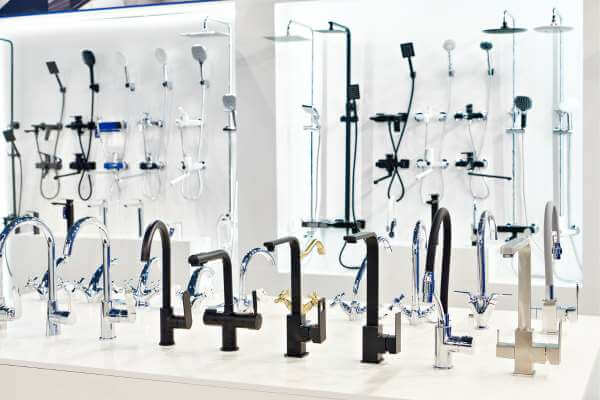Touchless kitchen faucets, also known as hands-free or automatic faucets, are a modern and convenient addition to any kitchen. These faucets use sensors to activate the water flow, allowing users to avoid having to touch the faucet handle with their hands. Many people ask are touchless kitchen faucets worth it? Check here the Pros and Cons of Touchless Kitchen Faucets.
Are touchless kitchen faucets worth it?
Here the pros & benefits of touchless kitchen faucets:
- One of the main benefits of touchless kitchen faucets is their increased level of hygiene. Traditional faucets can be a breeding ground for bacteria and germs, as they are often touched by multiple people throughout the day. By eliminating the need to touch the faucet handle, touchless faucets can help reduce the spread of germs and keep your kitchen sink area cleaner.
- In addition to increased hygiene, touchless kitchen faucets can also help conserve water. Many models have built-in flow restrictors that limit the amount of water used during each activation, which can help reduce your water bill and do your part for the environment. They can also save 700 gallons of water per year over standard faucet!
- Another benefit of touchless kitchen faucets is their convenience. Whether you have dirty hands or are simply looking to avoid touching the faucet handle, these faucets allow you to easily access water without having to physically touch the faucet. This can be especially useful in busy kitchens where multiple people are using the sink at the same time.
- Touchless kitchen faucets can also add a modern touch to your kitchen. With sleek designs and a variety of finishes available, these faucets can be a stylish and functional addition to any kitchen.
Cons of touchless kitchen faucets:
- Cost: Touchless kitchen faucets can be more expensive than traditional faucets, both upfront and in terms of maintenance. The cost can vary significantly depending on the brand and model, so it’s important to do your research and find a faucet that fits your budget.
- Complexity: As mentioned above, touchless faucets can be more complex to install than traditional faucets. This can increase the cost of installation and may require the assistance of a professional plumber.
- Dependency on batteries or electricity: Many touchless faucets rely on batteries or electricity to operate the sensor and activate the water flow. This means that you may need to regularly replace the batteries or ensure that the faucet has a reliable power source.
- Limited control: With a touchless faucet, you may not have as much control over the water flow and temperature as you would with a traditional faucet. This can be a minor inconvenience, but it’s something to consider if you’re used to having precise control over your water flow.
Conclusion
After showing Pros and Cons of Touchless Kitchen Faucets you can see that despite the potential for increased complexity during installation, touchless kitchen faucets can be a great investment for any home. Not only do they help increase hygiene and conserve water, but they also provide a level of convenience and style that traditional faucets cannot match. So if you’re looking to upgrade your kitchen sink area, consider investing in a touchless kitchen faucet – your hands (and the environment) will thank you.


 Hi, my name is Debra Klein and I love modern kitchen designs! As a product reviewer, it’s my mission to help homeowners choose the right modern kitchen accessories for their homes. I want to give them the best solution possible so they can make the best decision for their needs. Thanks for reading!
Hi, my name is Debra Klein and I love modern kitchen designs! As a product reviewer, it’s my mission to help homeowners choose the right modern kitchen accessories for their homes. I want to give them the best solution possible so they can make the best decision for their needs. Thanks for reading!




